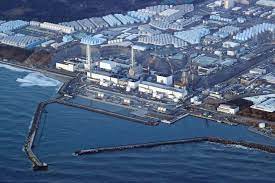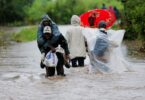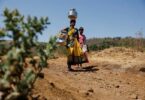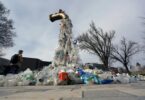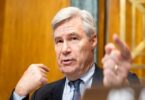TOKYO (AFP): The first phase of releasing treated waste water from Fukushima that has angered China will end on Monday as planned, the stricken Japanese nuclear plant’s operator said.
TEPCO added that levels of radioactive tritium in tested seawater samples near the plant in north-east Japan were within safe limits, according to a statement late Thursday.
Japan began on August 24 discharging into the Pacific some of the 1.34 million tonnes of waste water that has collected since a tsunami crippled the facility in 2011.
Japan insists that the discharge is safe, a view backed by the UN atomic agency, but China banned all seafood imports from its neighbour, accusing it of treating the sea like a “sewer”.
Announcing the end of the first phase of releasing 7,800 tonnes of the water on September 11, TEPCO gave no date for the start of the second discharge.
“After completion of the first discharge, we will conduct an inspection of (the) entire … water dilution/discharge facility and review the operational records from the first discharge,” it said.
It added that a “leak alarm” sounded on Wednesday in a waste water transfer line, but that no leak was detected.
Staff “quickly conducted a field inspection in accordance with safety check procedures and it was confirmed that there was no leak of… treated water,” the statement said.
The water, equivalent to 540 Olympic pools’ worth, has been used to cool the three reactors that went into meltdown in 2011, in one of the world’s worst nuclear catastrophes.
Japan says that all radioactive elements have been filtered out except tritium, levels of which are well within safe limits and below that released by nuclear plants in their normal operations around the world.
The release, which is expected to take decades to complete, is aimed at making space to begin removing the highly dangerous radioactive fuel and rubble from the wrecked reactors.
Last week Prime Minister Fumio Kishida publicly ate fish from Fukushima in an effort to reassure consumers, as did the US ambassador to Japan in a show of support.
The government on Monday also beefed up an aid package for the fishing sector following the seafood import ban by China, Japan’s biggest export market for fish.

